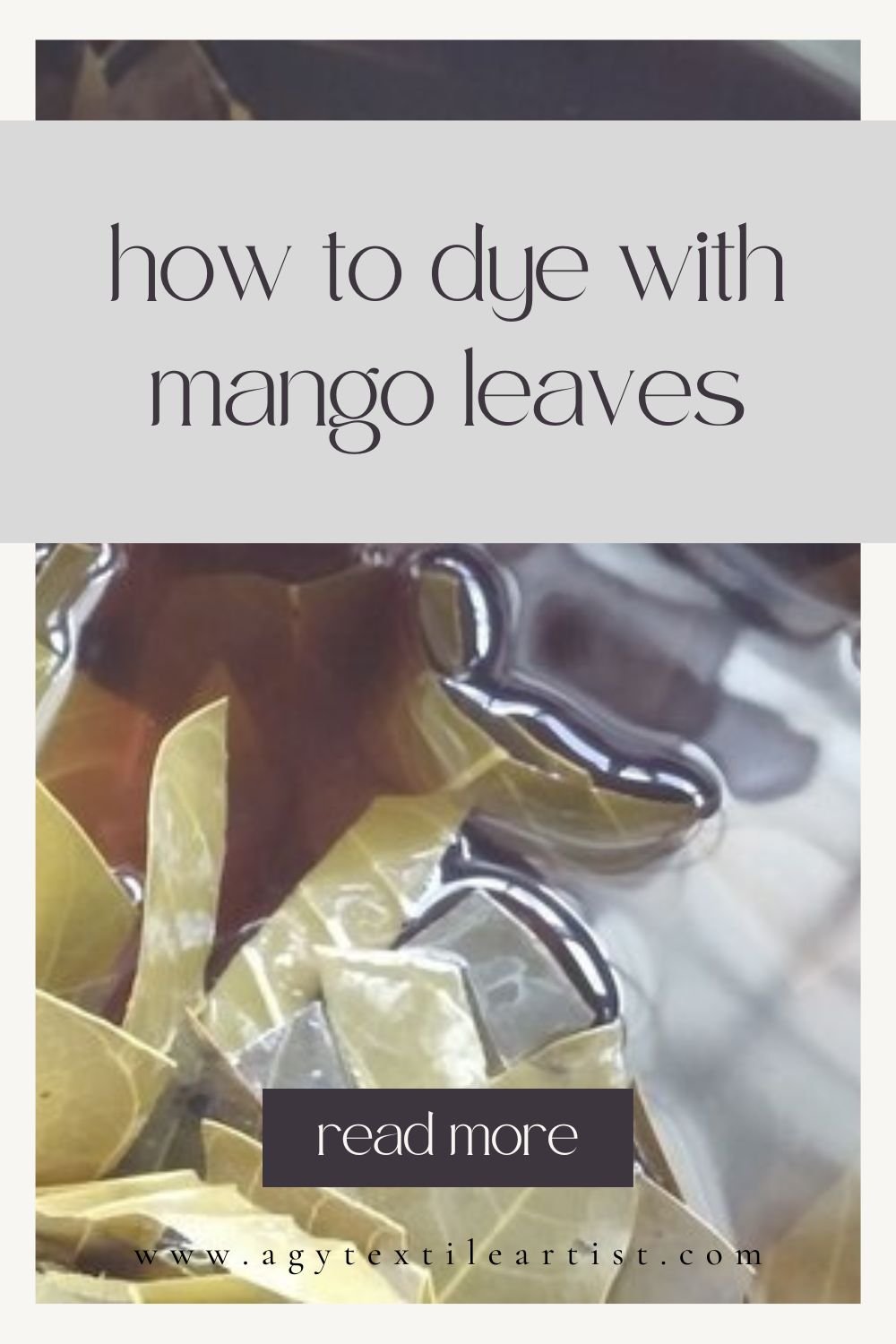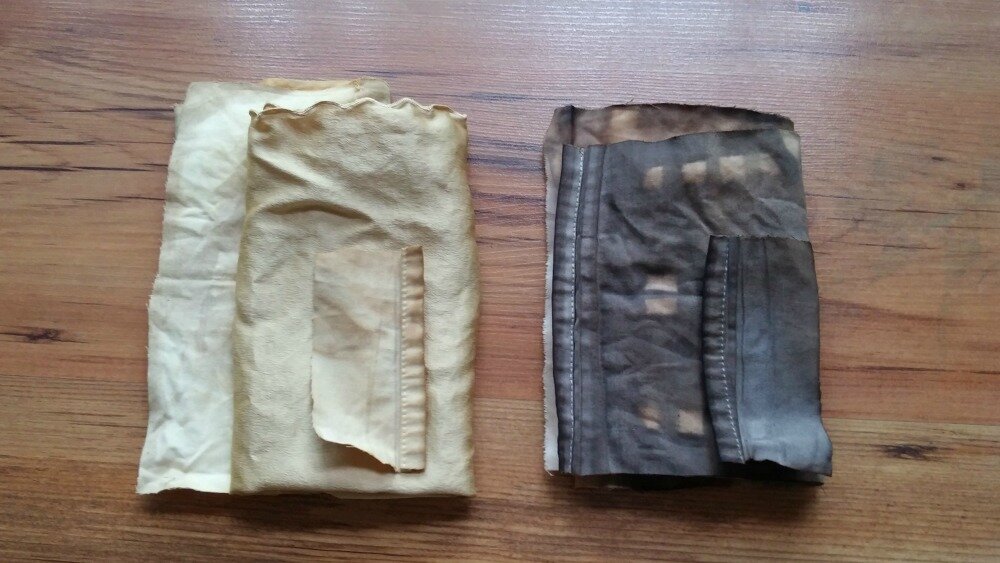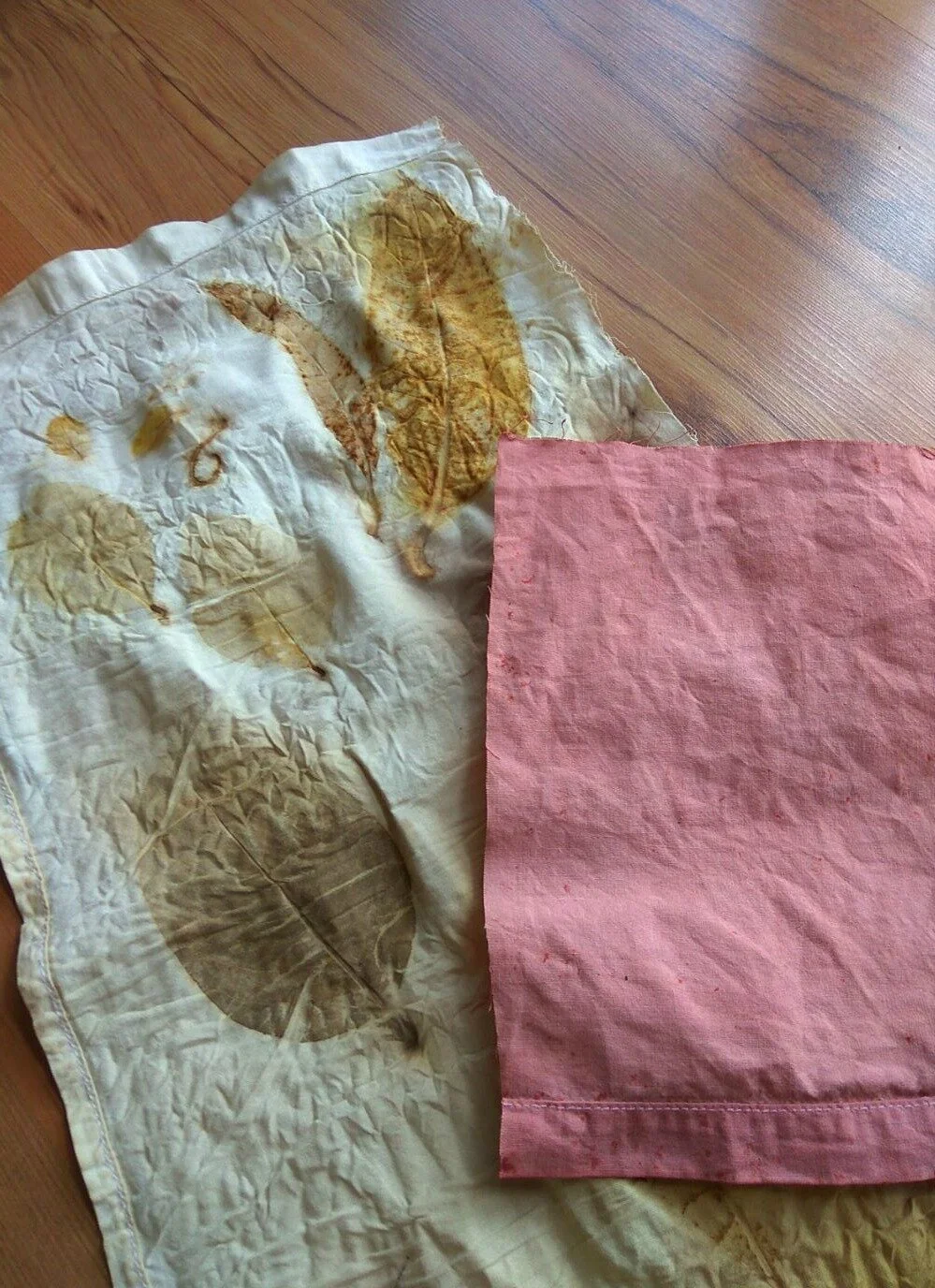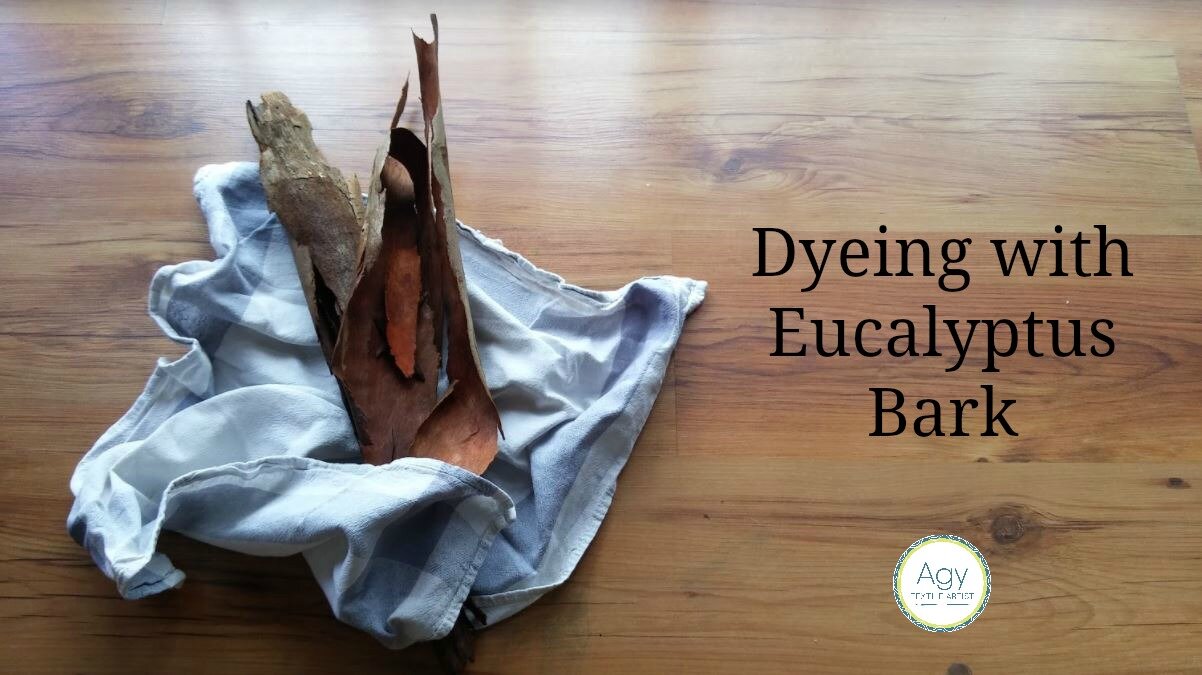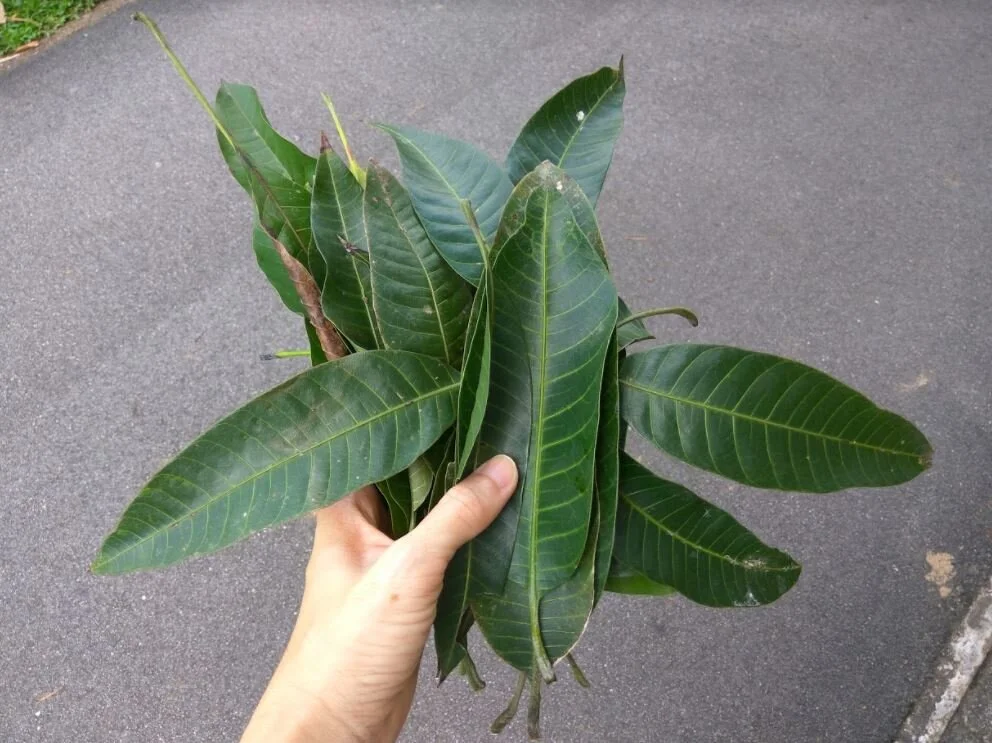Natural Dyes - Mango Leaf Dye
This post is part of my journey in natural dyes. Each person’s experience will be different.
Mangoes are one of my favourite fruits, and they are sometimes known as the king of fruits, the other one being durian (although some people dispute this and say durian is the only king!). The sweetest mangoes are grown in India and Pakistan, and the best ones that make a mean mango pudding are those that are over ripe. Unfortunately, the mangoes (mangifera indica) that grow along the roadside in Singapore are very sour, but my friend says they are very good for making pickled mangoes. I haven't tried making pickled mangoes, but I was very curious about the colour mango leaves produce.
Mango Leaves in Singapore
Mangiferin
I did not know what to expect with the green mango leaves that I had collected from my local park - we have a beautiful row of mango treas -but the mangiferin in the leaves is known to produce a range of yellow to brown colours depending on the type of textile, the type of metallic mordants used, AND the season. Even my cat, Ajay, was beginning to get curious with all the leaves on my workspace - he's so used to having the sewing machine.
Remember to cut your leaves up before adding them to the pot
Preparation
The leaves collected from the mango tree were already on the ground and had an intense green colour; I did not collect the dry or brown coloured leaves. These leaves were washed in cold water to remove dirt and any insects before cutting them into small pieces and placed in a pot.
Harvested: 146grams
Amount of water: 1.5 liters
Simmering time: 2 hours
I left the pot overnight before trying out a few dyeing techniques - immersive and shibori - with old cotton bedsheets (treated with soy milk) and an old silk handkerchief.
Mango leaves simmering in a pot
Silk versus Cotton
I found that the silk took up the colour very readily. The cotton, on the other hand, was rather difficult and the colours were not even. I tried some shibori with clothes pegs as well and was happy to see the patterns that it created. I basically had a long rectangular strip of the bedsheet which I folded in half length wise, before carefully folding it into a triangle. The clothes pegs created little white patches on the fabric.
After the initial round of dyeing, I decided to add less than 10ml of iron rust to the dye pot and further simmered another piece of cotton. The rust had caused the wheat-coloured dye to become a dark brown. I initially thought it was black, but after the fabric was dried, the colour became a dark brown.
From left to right: mango leaves on cotton, silk handkerchief, mango leaves plus iron on cotton
Learning Points
a) green leaves don't produce green
b) natural colours take time to be extracted from the leaves and adhere to the textiles
c) immersive dyeing brings out different colours compared with eco prints as shown below.
Eco printed leaves - note the mango leaf at the top right hand corner
Why am I excited? Well, I am looking forward to applying these colours to my next project, an installation involving stitching and getting the public closer to nature. Stay tuned for my next blog post with eucalyptus! Do take a look at my dye experiments with the eucalyptus bark.



